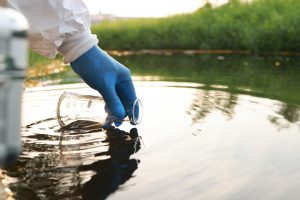With appropriations settled until December 20, Congress now has one other piece of “must-pass” legislation to address: the National Defense Authorization Act (NDAA). The NDAA authorizes the activities of the Department of Defense (DoD) for the following fiscal year and the legislation has passed on a bipartisan basis for over 60 consecutive years. Included in the House and Senate NDAAs are different provisions concerning PFAS that will need to be reconciled prior to passage.
In Bipartisan Legislation Presents Opportunity for Passing PFAS Laws, colleagues Reza Zarghamee, Aimee P. Ghosh and Amaris Trozzo provide an overview of the PFAS provisions that may or may not be included in the final bill.
 PFAS Observer
PFAS Observer



